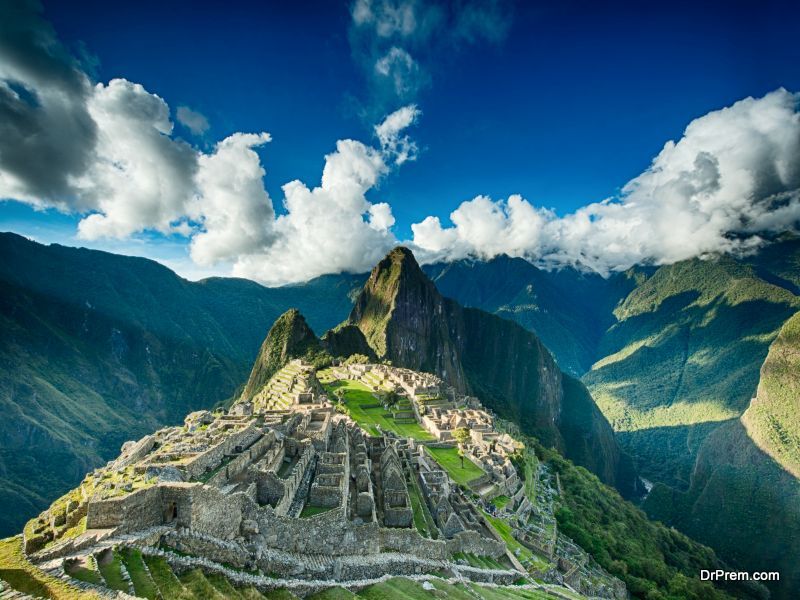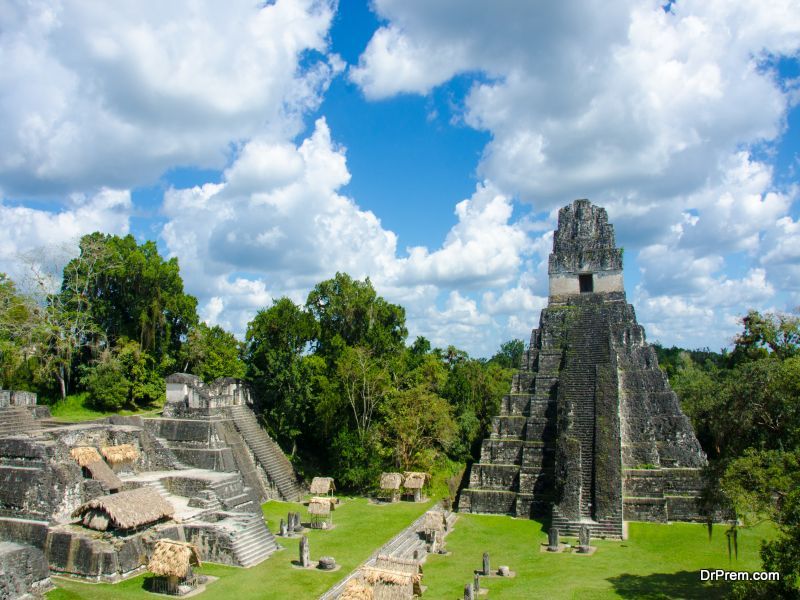Cliff Palace in Colorado was found accidently, while 85 percent of the ancient city of Petra remains unexplored to this day. Here are 6 of the most intriguing lost cities of the world that you might like to visit.
6 Lost Cities to Go on a Vacation
- Chernobyl, Ukraine Unlike other lost cities, Chernobyl was lost to a severe nuclear disaster. The untimely demise of the city came in the early morning of 26th April, 1976. A nuclear station, out of 4, went off. The thick veil of toxic radiation not only consumed the complete city but also reached its neighbors. To this day, the city remains prohibited for re-inhabitation.
- Cliff Palace, Colorado The city of Cliff Palace was built during the golden age of the Anasazi. The city was accidently discovered in 1888AD by Acowitz, Charles Mason and Richard Wetherill. Anasazi was a Pueblo society, which thrived during 900AD-1200AD. Pueblo people are Native Americans and are named after Pueblos, the village architecture that these people are profound at building. Though the reason behind deserting of the city remains disputed, the most acceptable cause are meant to be severe droughts.
- Machu Picchu, Peru
Popularly known as the Lost City of the Incas, Machu Picchu is a mountain city built about 8000ft (2400m) above the sea level. It is one of the most visited tourist attractions in the world. According to archaeologists, the ancient city of Machu Picchu was built for its ruler, king Pachacuti. The city served as an estate for the Inca emperor.
- Petra, Jordan The world wasn’t aware with Petra until 1812AD. About 85 percent of this ancient city still remains uncharted. The city prospered under the Nabataens till the 4th century AD. After which, the city was hit, and ultimately, destroyed by a massive earthquake that resulted into its unfortunate demise. Because of its rock-cut architecture, the lost city is also known as ‘Rose City.’
- Tikal, Guatemala It was 1848, when the lost city of Tikal was founded by a group of expeditioners. The city consists of an arena, monuments, pyramids, and royal palaces. During its grandeurbetween 200AD and 900AD, it was honored as the capital city of the mighty Mayan kingdom. The lost city was known for the powerful kings that ruled it.
- Tiwanaku, Bolivia Believed to be inhabited by more than 30,000 people, the lost city of Tiwanaku is situated near the Bolivian lake of Titicaca.The city was deserted in 1000AD when a drastic change in climate restricted its populaces to produce food in the region. Between the 7th century and 9th century AD, the city served as a powerful area in the southern Andes.




